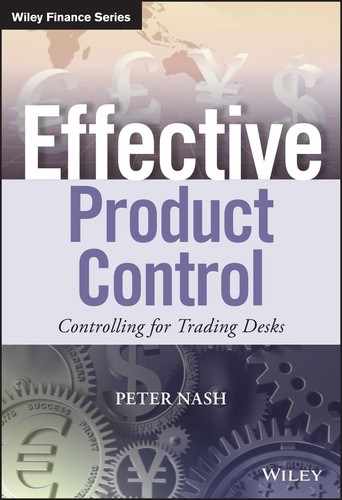Book Description
Improve the Effectiveness of your Product Control Function
Effective Product Control is a detailed how-to guide covering everything you need to know about the function. Considered essential reading for:
- New controllers entering the profession
- Auditors and regulators reviewing product control
- Established controllers wanting a refresher on the latest skills and core controls within the industry.
Encompassing both a technical skills primer and key insights into core controls used to mitigate major risks emanating from trading desks, you will get expert advice on practical topics such as:
- The key IFRS and U.S. GAAP accounting standards for a trading desk
- How to approach the pricing of a financial instrument
- Market risk and how is it quantified
- The controls necessary for a trading desk
- Rogue trading and how it can be detected
- Valuation adjustments and why they are necessary
- How the prices used to value a trading portfolio are independently verified
- The financial accounting entries used to record financial instruments in the balance sheet and profit & loss statement
- Financial reporting and how the results of a trading desk are presented
- How a new financial product can be introduced in a controlled manner
Complete with a wealth of insightful graphs, illustrations and real-world examples to enliven the covered material, the dependable answers you need are in Effective Product Control.
